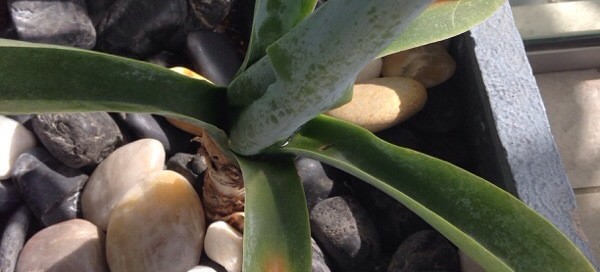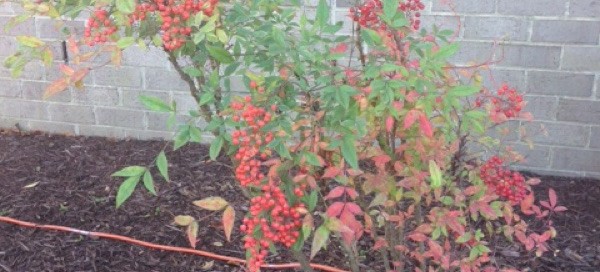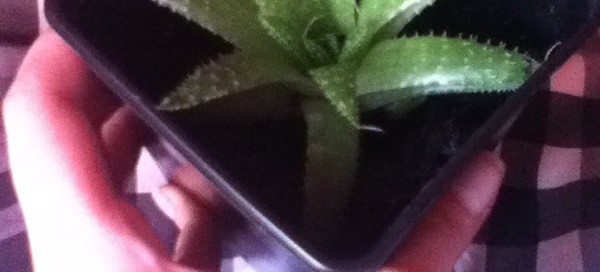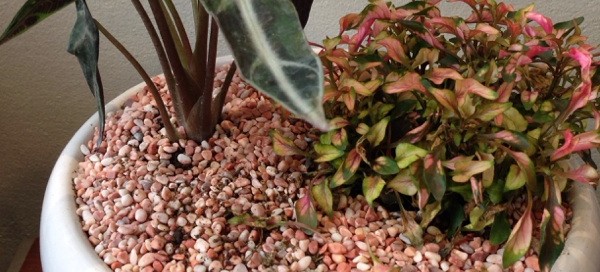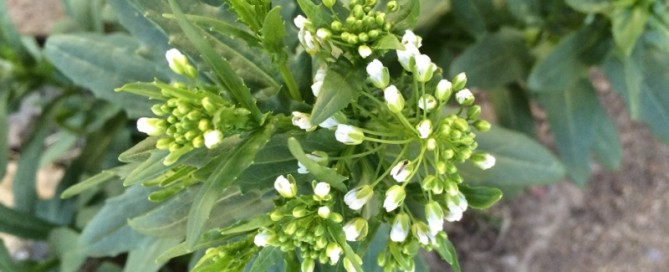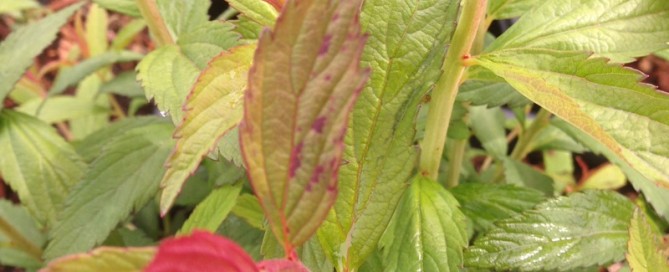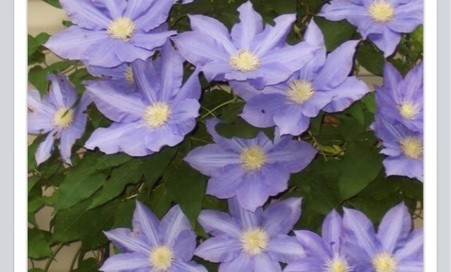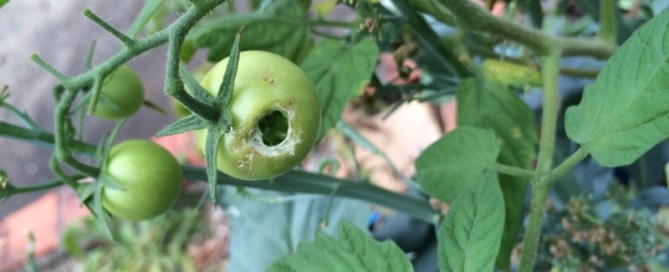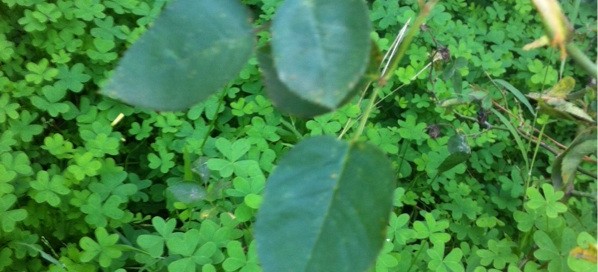Old Leaves
The leaves that are dying are juvenile foliage that naturally dies as the plant grows and matures. There in nothing wrong with the plant and this process is normal. Plants have the ability to abscise foliage that is no longer needed. Most plants will stop sending water and nutrients to the bottom leaves as new leaves higher up on the plant begging to grow and require more of the plants energy than the older leaves. These leaves will slowly yellow and dry until they fall from the plant (or remain and be unsightly on some species). When a plant first produces it first set of leaves this foliage is called "juvenile". This type of leaf is actually the oldest growth and the first to die as a plant grows. This is what is happening with your plant.
